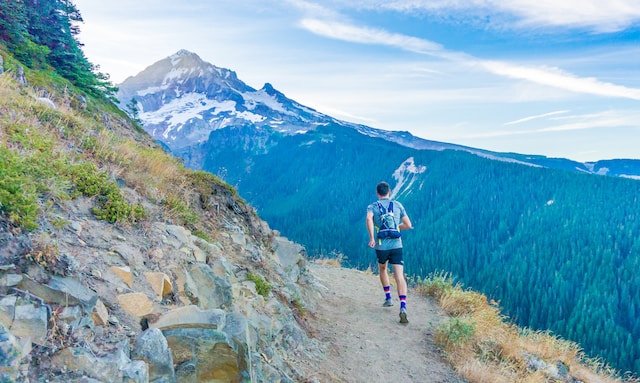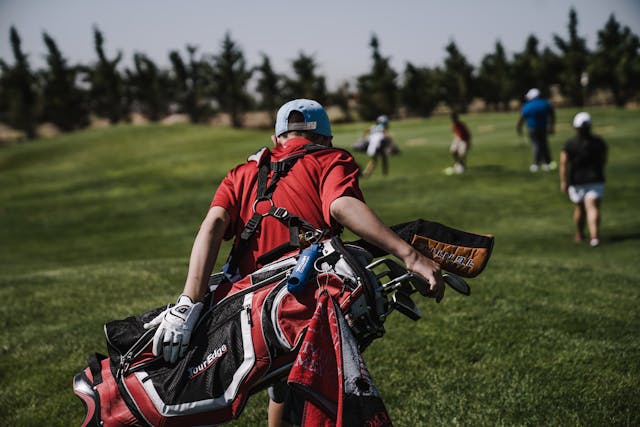Mountain running is quite similar to trail running, but there is usually a significant elevation gain on the route, and although mountain races mainly take place off-road, some of the routes can include surfaced roads. Sky running is a specialist niche of mountain running where the routes take place above 2,000 meters of elevation. Many prestigious ultrarunning events, such as UTMB in Europe and Badwater in the US include a hefty portion of elevation gain.
The main aim of a mountain runner is to cover the route as quickly as possible while staying safe. Given that most mountainous routes are pretty challenging at times, mountain runners need to be fit and agile. For this reason, injury prevention and recovery must be a priority if mountain running is something you plan on getting into.
Common Injuries Seen In Mountain Runners
Most runners succumb to injury at some point, but because mountain running is more stressful than jogging in a local park, injuries like stress fractures, ankle sprains, Achilles tendon problems, knee pain, and ITBS are common, not to mention the usual gauntlet of muscle strains and blisters.
Here are some tips to help you stay injury-free and recover quickly if you do get injured.
Build Strength And Flexibility
Strong muscles and joints are key to preventing injuries, which is why it is important to incorporate strength training exercises into your routine, focusing on your core, hips, and lower body. Additionally, don’t neglect flexibility training as it helps improve the range of motion and reduces the risk of muscle strains. Always start and finish workouts with light stretching exercises, and if you begin to feel tightness anywhere, particularly in your hips and leg muscles, have a sports massage to loosen up those knots.
Gradually Increase Mileage And Intensity
Don’t fall into the trap of trying to push yourself too hard too soon. Gradually increase your mileage and intensity to allow your body to adapt and prevent overuse injuries. Listen to your body and take rest days when needed to avoid burnout and reduce the risk of injury. Run alternate days so your body has a chance to rest and recover, at least until you are accustomed to a higher, more taxing mileage.
Try to make most of your training ‘easy’. Training at a lower level is important for building endurance and preventing overuse injuries.
Train On Varied Terrain
Mountain running involves navigating different types of terrain, such as steep ascents, descents, rocky paths, and uneven trails. To prepare your body for these challenges, incorporate training sessions on similar terrain. This will help strengthen the muscles and joints specific to mountain running and improve your balance and stability.
Wear The Right Gear
Investing in proper running shoes with good traction and ankle support is crucial for mountain running. The right running shoes can help prevent slips, falls, and ankle sprains. Once you increase your training mileage, your running shoes will wear out faster. Start a subscription so you always have a new pair ready before the old pair stops protecting your feet. Wearing compression gear to provide support to your muscles can reduce fatigue during long runs.
Nutrition
Proper hydration and nutrition are vital for preventing muscle cramps, fatigue, and other issues that can lead to injuries. Drink plenty of water before, during, and after your runs. Pack sports drinks, gels, and other types of nutrition for longer runs, so you don’t run out of fuel.
Warm-Up Before A Run
A dynamic warm-up prepares your muscles. Do exercises like leg swings, lunges, and high knees. After your run, do some static stretches to help cool down and improve flexibility.
Listen To Your Body
Pay attention to any pain or discomfort during your runs. If you ignore niggles, it will only lead to worse problems. If the pain doesn’t ease up or gets worse after a few days of rest, consult a sports physio for advice.
With the right approach, you can minimize your chances of picking up an injury. Remember, taking a few days’ rest isn’t a sign of weakness, but pushing too hard will only lead to pain in the long run.



